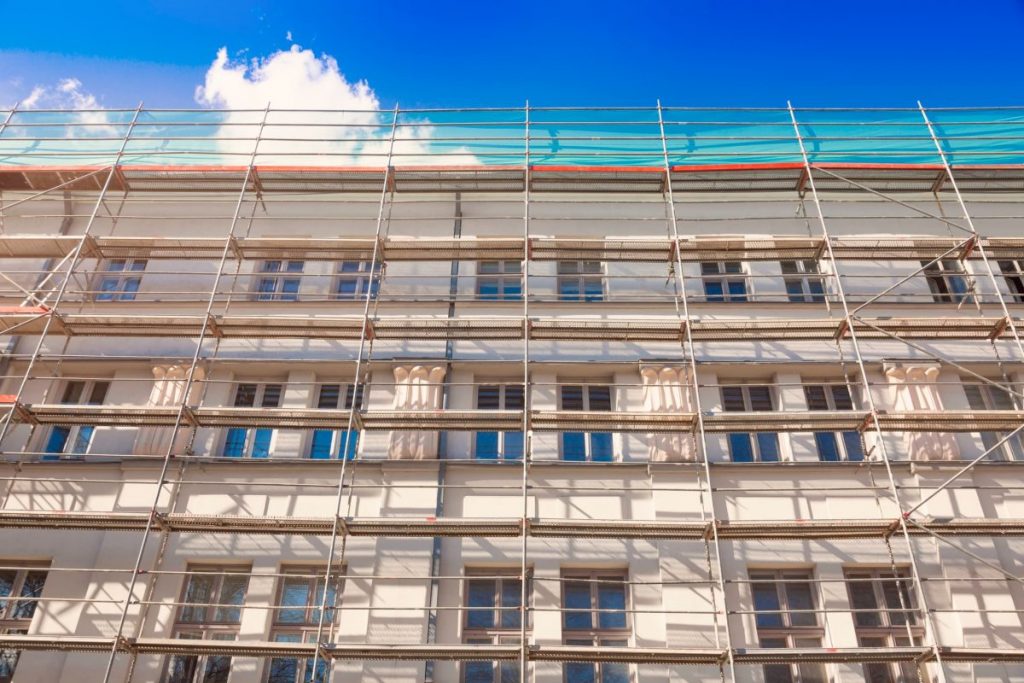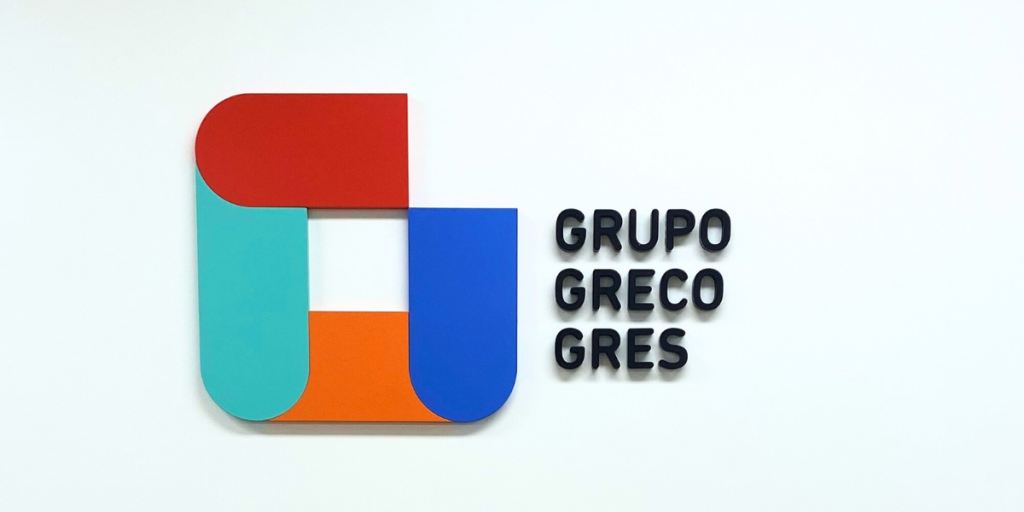Scaffolding is a popular choice in the construction world due to its high quality and safety. These scaffolds are characterized by their stability and resistance, which makes them an excellent choice for work at heights.
Types and uses of scaffolding
Scaffolds can vary greatly from one model to another, depending on their characteristics and purpose. Therefore, scaffolds are classified as follows:
Types of scaffolding by material
Depending on the shape of the predominant material from which the scaffolds are made, they are classified as follows:
- Wooden scaffolding: they are characterized by being light, easy to assemble and disassemble, and are usually used in small and medium-sized jobs.
- Metal scaffolding: they are resistant, durable and are used for large and high works. They are easy to assemble and disassemble and can be modular to adapt to different needs.
- Mixed scaffolding: this type of scaffolding takes advantage of both materials to obtain a strong, durable structure that is easy to erect and dismantle in elevated areas.
Scaffolding types according to their system
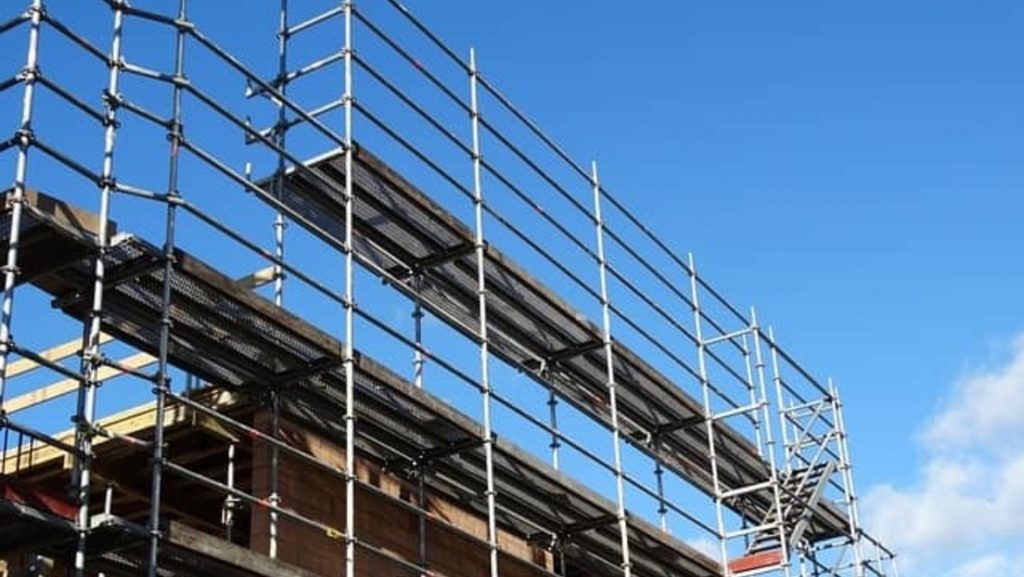
The different types of scaffolding available in the market according to their structural system are:
- Simple double right foot scaffolding: they are used in rather small jobs and not very high. They consist of a simple structure made of materials such as wood, aluminum or steel. This type of scaffolding usually rests on the site by means of a double row of right feet. However, it is a system that is practically in disuse since they have been replaced by small tubular scaffolds.
- Tubular or European scaffolding: this is the system most commonly used in works on straight and simple façade faces that do not have (or another joining system) to join the bars at different angles.
- Modular metal multidirectional scaffolding: a system that adapts easily to the facade regardless of the building, besides being versatile. That is why it is the one most commonly used for facades with a greater complexity of assembly.
- Hanging scaffolding: these are scaffolding systems that are suspended in the air and are usually hung from the roofs or decks of buildings. This type of scaffolding is very common for glass cleaning, work on facades or other types of work in tall buildings, work areas where for one reason or another we can not build the base and we must install a hanging scaffolding.
- Self-lifting platform scaffolds: they are composed of a working platform with a vertical displacement system.
Classification of scaffolding by loads and homologation
The classification, approval and designation criteria according to UNE-EN 12810 and UNE-EN 12811 are detailed in tables 1 and 3. Service load 2, 3, 4, 5 and 6 according to table 3 of UNE-EN 12811-1:2003. The designation of an approved scaffolding system must contain the parts indicated in table 2.
Classification of scaffolding systems
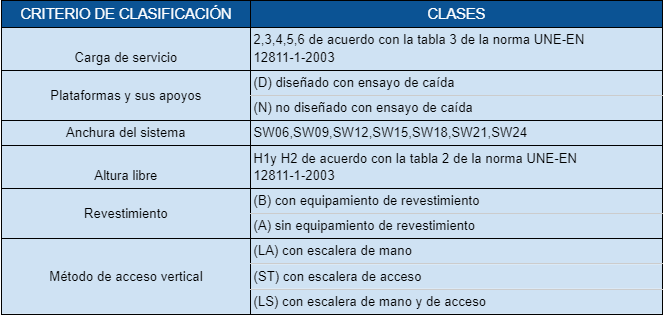
Parts to be included in the designation of a scaffolding system

Service loads in work areas

Scaffolding dimensions
There are a number of standard sizes for scaffolding on the market. However, there are different sizes and heights of each one of them according to the needs. For this reason, there are no mandatory measurements, but there are some common measurements.
For the construction of a scaffold, two standard models can be taken as a reference:
- The simple scaffolding has as standard measures, 4 or 6 meters of height with respect to its platform. And from 5 to 7 meters on the safety fence, thanks to the measures of the scaffolding for construction, it is possible to carry out works up to 10 meters high.
- For the double scaffolding there are two additional versions between 10 and 12 meters. The major advantage offered by this model is that it has the ability to adapt to any height. The modules can be adjusted to accommodate the required scaffold height.
Discover FERMAR scaffolding, an ideal choice for work at height that requires maximum quality, safety and efficiency.
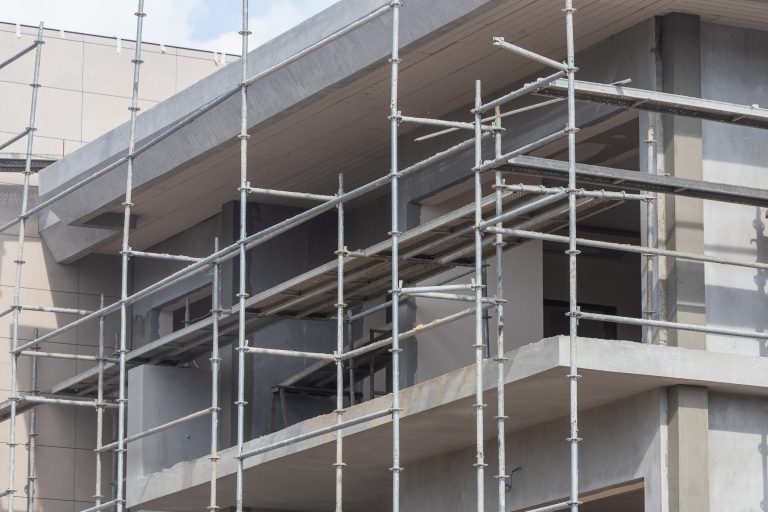
How to choose the type of scaffolding
In order to choose the right scaffolding for each type of work, it is important to consider several factors:
- Working height: it is important to select a scaffold that allows working at the required height in a safe and efficient manner.
- Type of work: depending on the type of work to be performed, a specific scaffold may be required. For example, a suspended scaffold is recommended for facade work, while a scissor scaffold can be used for interior work.
- Weight and quantity of materials: if heavy materials need to be loaded on the scaffolding, it is important to choose one that can safely support the weight.
- Accessibility: Consideration should be given to the space available for erecting the scaffolding and whether mobility is required to move to different locations.
Once you have looked at all the types of scaffolding available, all that remains is to choose the one that best suits your needs.
Types of scaffolding we distribute:
The scaffolding that we distribute in Nutersa are tubular or European scaffolding, it is the most used system in the works on straight and simple facades that do not have to undertake the bars at different angles.
We are official distributors of FERMAR scaffolding, we present several types of scaffolding, each one with specific characteristics and utilities.
- European Fer48: Modular system of high quality steel frames and frames with Ø 48 mm x 3 tubes.
- Multidirectional Multi-Fer: Manufactured in high quality steel with Ø 48 mm x 3.y tube with galvanized finish.
- Standard A-3: Frames and accessories made of high quality steel, tube Ø 42 mm x 2 mm.
- Metallic platforms: Special profile with 20 folds, which provides great resistance.
Nutersa, more than 20 years at your service
In Nutersa we are specialist distributors of integral solutions for the construction, rehabilitation and insulation of facades. We have been working for more than 20 years with the best brands to offer our customers the best service. If you need more information about our scaffolding, do not hesitate to contact us .
